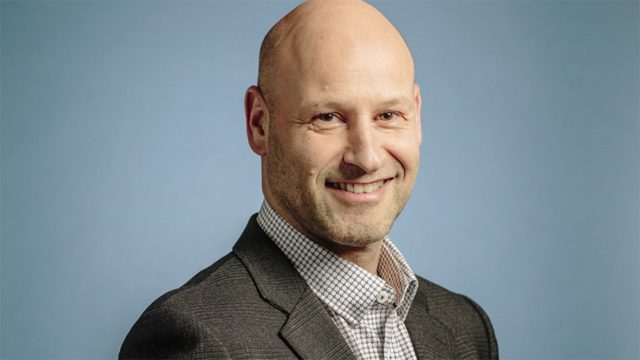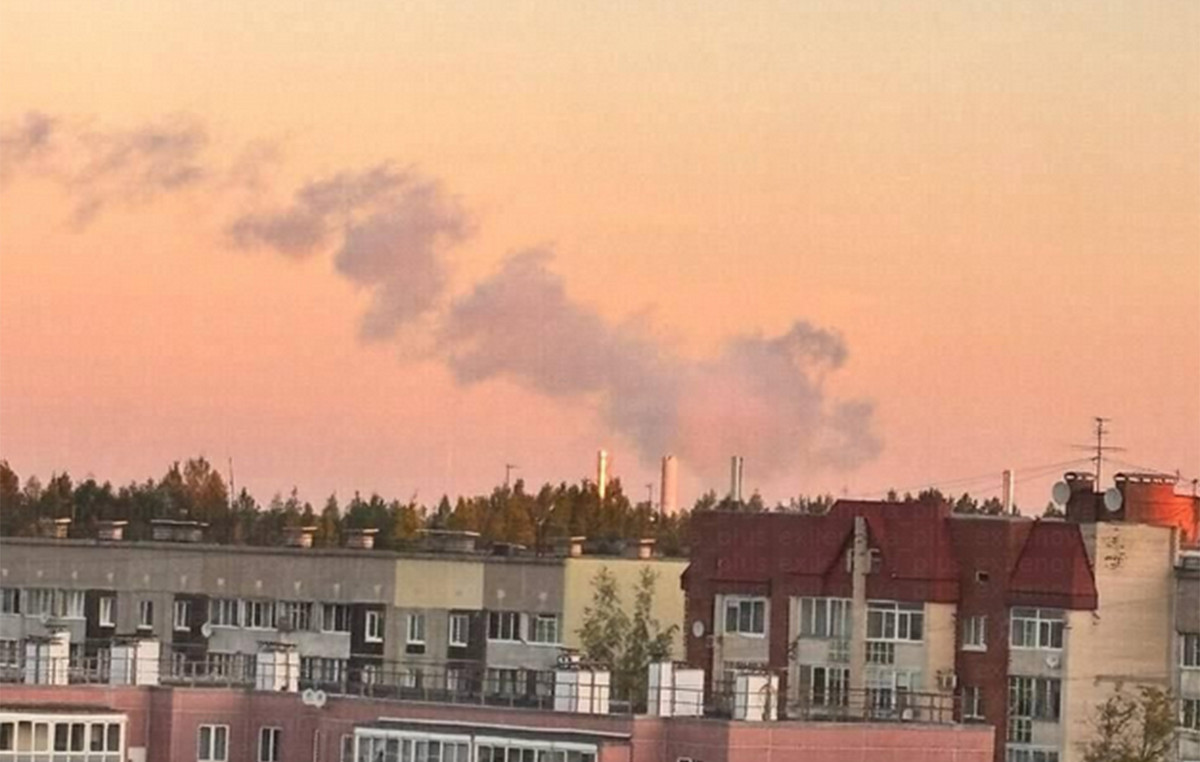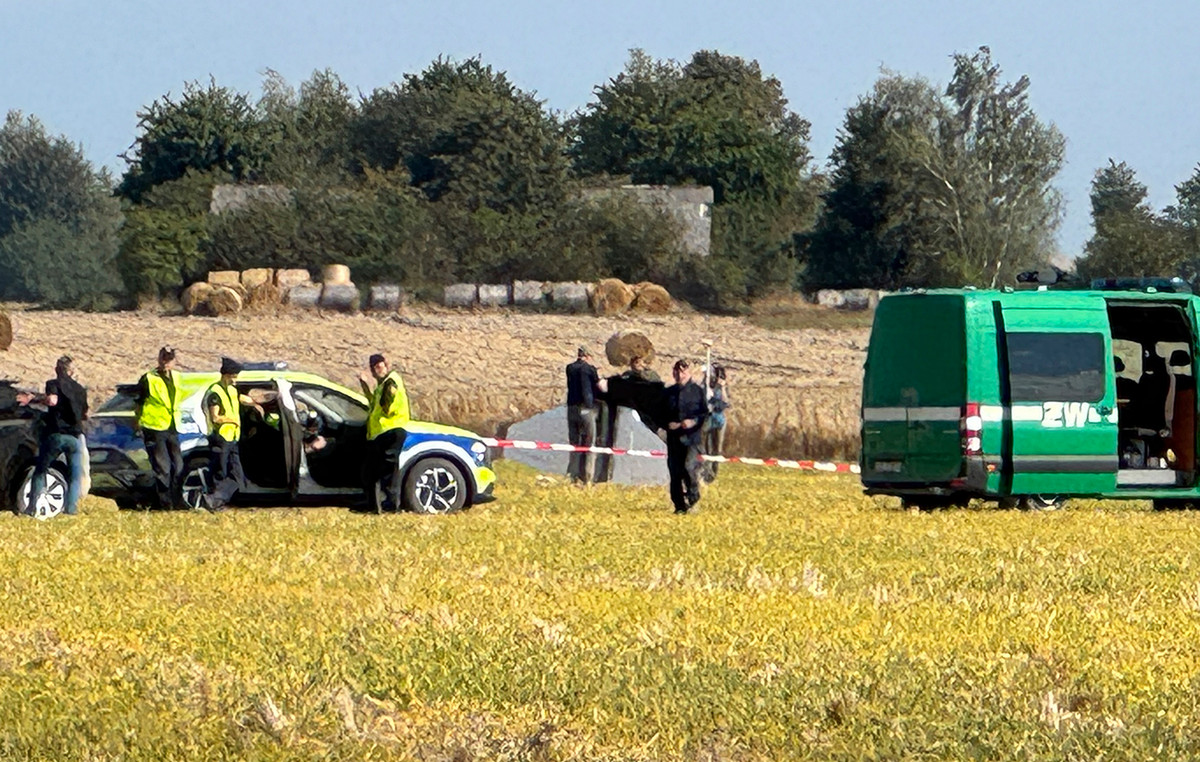Less than half of Brazilian students complete high school at the correct age, that is, by the age of 18. According to research carried out by Fundação Itaú, only 41% of students complete basic education without complications such as failure, abandonment or evasion. Furthermore, 52% manage to finish primary education.
Released this Monday (18), the survey analyzed data published by the National Institute of Studies and Research Anísio Teixeira (Inep) that observed the group of people born between 2000 and 2005. Students with a death record or who presented unlikely trajectories, such as registration errors.
The research produced an “educational trajectory indicator” divided into four categories: the regular trajectory, the one with little irregularity, the one with a lot of irregularity, and the interrupted trajectory. The first of these is satisfied only when the student enters primary education at the age of 7 and completes primary and secondary education at the correct ages (15 and 18 years, respectively).
Meanwhile, students whose educational trajectory was disrupted by complications belong to the other categories. The last of these include students who stopped attending school, whether in elementary or high school, and never returned.
In general, basic education students have uneven trajectories, especially those who are male, who study in schools of low socioeconomic level, with disabilities, black and indigenous people and residents of the north and northeast regions.
In all of these categories it was possible to observe the persistence of racial and social inequalities. The majority of students who complete high school at the correct age are white, with 53% regularity, followed by black and brown students, with 31% and 36% respectively, and then by indigenous people, with only 17% regularity.
That is, the school trajectory of indigenous people is more than three times more irregular than that of white students.
Students with a higher socioeconomic level have a significantly better academic trajectory than students with a lower socioeconomic level. Around 60% of the first group finish high school at the right age, while the second group is around 30%, a difference of 30 percentage points.
It is important to highlight that the data is reproduced when analyzing the trajectories limited to elementary school, with few percentage differences.
All this irregularity and disparity, according to the research authors, implies vulnerabilities and fewer development opportunities for young people, in addition to pointing to an inefficiency in public spending on education.
Inequalities between sociodemographic groups exist in school trajectories and need to be made clear, according to the authors. They also highlighted that the School Census released by Inep is an appropriate instrument for evaluating and monitoring equity between social groups and at the municipal level, and that the production of diagnoses like this one from Fundação Itaú is fundamental to improving the quality and equity of education. education in Brazil.
Source: CNN Brasil
I’m James Harper, a highly experienced and accomplished news writer for World Stock Market. I have been writing in the Politics section of the website for over five years, providing readers with up-to-date and insightful information about current events in politics. My work is widely read and respected by many industry professionals as well as laymen.







